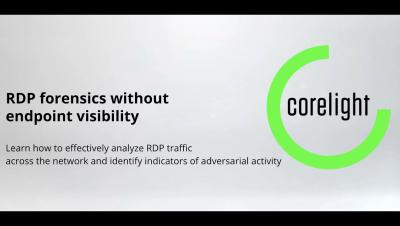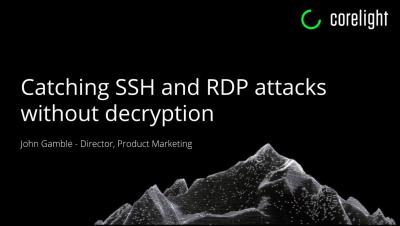Security | Threat Detection | Cyberattacks | DevSecOps | Compliance
Threat Detection
WhiteSource Cure: Automated Remediation for Developers
Keeping up with today’s rapidly evolving threat landscape is an ongoing battle for software development organizations, as many struggle to keep their assets and customers secure while keeping up with the competitive pace of software delivery.
Microsec.ai Launches First Solution to Deliver Agentless Runtime Protection for Multi-cloud Infrastructure as a Service
NetMotion by Absolute Appoints Cloud Distribution as UK Distributor for new Two-Tier Channel
The meaning behind XDR: A beginner's guide to extended detection and response
In the world of threat detection and response, alert fatigue and tool sprawl are real problems. Security professionals are struggling to manage different tools and control points and still relying on manual processes, which results in security that is fragmented and reactive. Analysts need better visibility and control, more context, and better use of automation so they can cut through the noise and respond to threats faster and more effectively.
RDP Forensics without endpoint visibility
Former Symantec and Malwarebytes Executive Joins Corelight as Senior Vice President of Product
Corelight Secures $75 Million in Series D Funding Led by Energy Impact Partners with Participation from H.I.G. Growth Partners, CrowdStrike and Capital One Ventures
4 Differences Between Threat Hunting vs. Threat Detection
Increasingly, companies are becoming aware of the importance of building threat detection and hunting capabilities that avoid putting their businesses at risk. Now more than ever, when it comes to both protecting enterprise cybersecurity and delivering effective IT security solutions and services, organizations and MSPs can no longer simply act when cyberattacks occur, but long before they even pose a threat.










